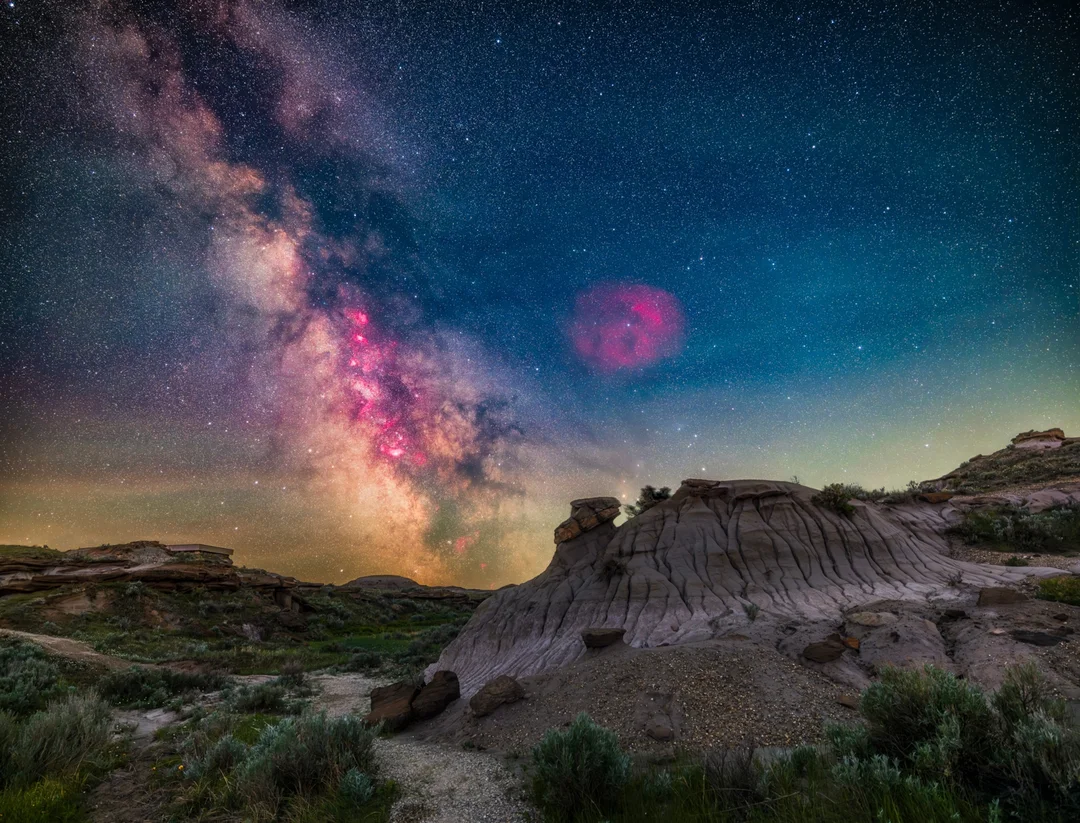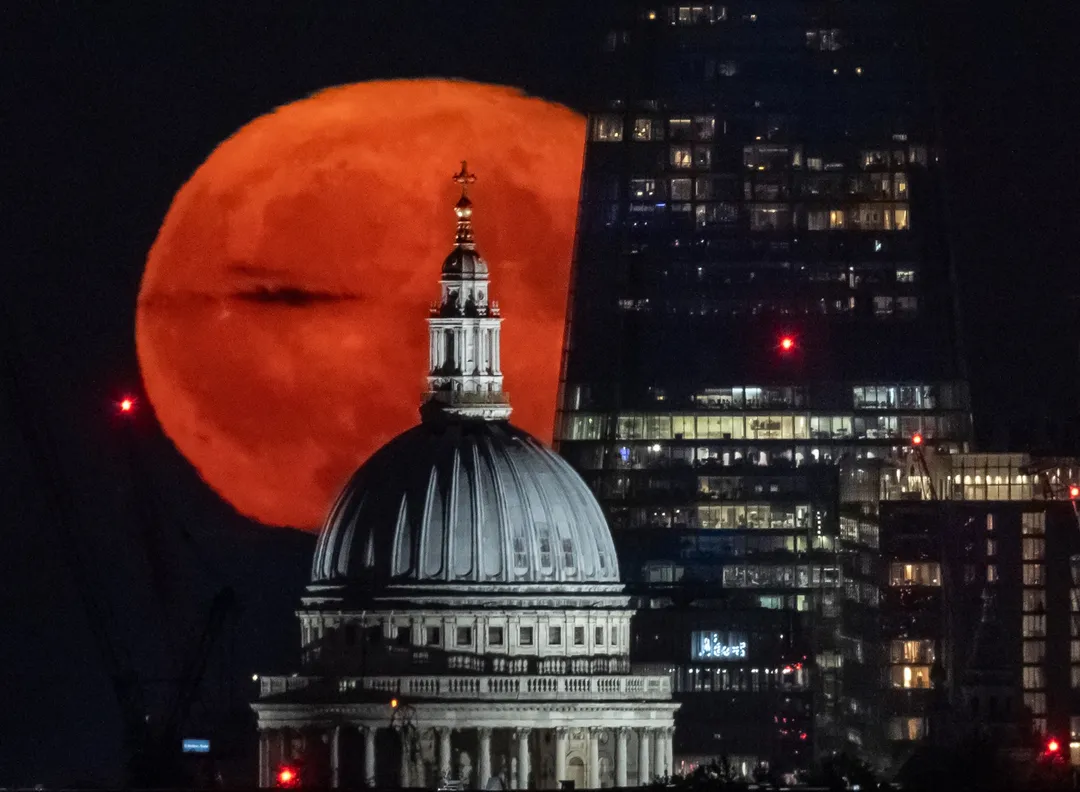
Don’t Miss June’s Celestial Spectacle: Strawberry Moon, Meteor Showers, and Planetary Encounters
June 2025 promises a mesmerizing array of celestial events! From the enchanting Strawberry Moon to potentially stunning meteor showers and planetary meetups, skywatchers are in for a treat. Get ready to mark your calendars and prepare for some unforgettable nights under the stars.
Whether you're waking up early to catch a glimpse of Venus or staying up late to spot the Lagoon Nebula, the night sky in June is bursting with sights for every stargazer. Here's a rundown of what to look out for:

Venus at Greatest Western Elongation (June 1): Start the month off by spotting Venus at its farthest distance west of the sun. This prime viewing opportunity means the dazzling planet won’t be obscured by the sun's glare. Look to the eastern sky just before dawn to catch it shining brightly.
The Great Hercules Cluster (June 2): If you missed it in May, now's your chance! Messier 13, also known as the Great Hercules Cluster, is a dazzling collection of stars. On June 2, it reaches its highest point in the night sky, making it easily visible through binoculars.
Daytime Arietids Meteor Shower Peak (June 7): As the name suggests, this meteor shower peaks during the day, making most meteors impossible to see. However, there's still a chance of spotting some shooting stars in the predawn hours. For those wanting to "see" the daytime activity, NASA's Meteor Shower Portal provides a virtual glimpse.

The "Strawberry Moon" (June 11): Don't expect it to be strawberry-colored, but the June full moon, known as the Strawberry Moon, is still a sight to behold. The name, popularized by the Farmers’ Almanac, comes from Indigenous traditions linking full moons to harvesting events, specifically the ripening of wild strawberries.
Mars and Regulus Meet (June 16): Mars and the bright, twinkling star Regulus will have a close encounter. Look about 90 minutes after sunset to witness this celestial meetup.
The Butterfly Cluster (June 16): Around midnight, grab your binoculars to spot the Butterfly Cluster reaching its highest point above the horizon. This open cluster of stars truly resembles a butterfly in the night sky.
Lagoon Nebula (June 22): Star clusters aren't the only attraction! The Lagoon Nebula, a swirling cloud of interstellar gas where stars are born, reaches its highest point on June 22. Under ideal conditions, it can sometimes be seen with the naked eye, but binoculars or a telescope will provide the best view.

Prime Stargazing Conditions (June 25): With a new moon lunar cycle, the sky will be at its darkest, perfect for stargazing. Dimmer celestial objects like distant galaxies and nebulae will be easier to spot, especially with a telescope. It’s also prime time for astrophotography, with the Milky Way's galactic core rising high in the Northern Hemisphere.
Bootid Meteor Shower Peak (June 27): This meteor shower is known for its variability, so it’s a bit of a gamble. But the moon will be barely illuminated, so if the Bootids are putting on a show, you'll have a good chance of seeing fainter shooting stars.
Close Approach of the Moon and Mars (June 30): Conclude the month with the waxing crescent moon and Mars putting on a little show. They’ll pass within a close distance of each other, easily visible through binoculars. Keep an eye out for the "earthshine" phenomenon – light reflected from Earth making the unlit part of the crescent moon glow faintly.

June 2025 is packed with astronomical delights. Whether you are a seasoned astronomer or a casual observer, take some time to look up and appreciate the beauty of the night sky. What are you most excited to see? Share your thoughts and observations in the comments below!